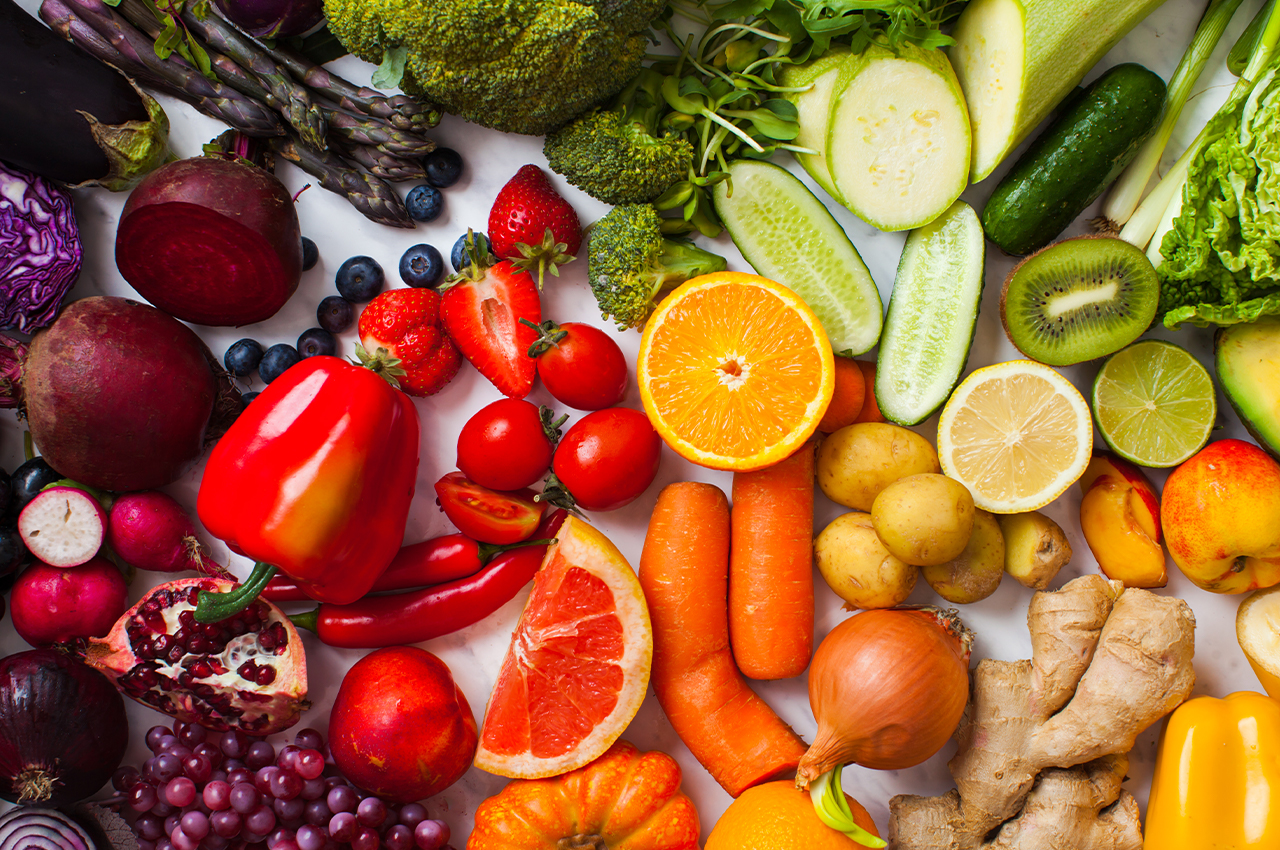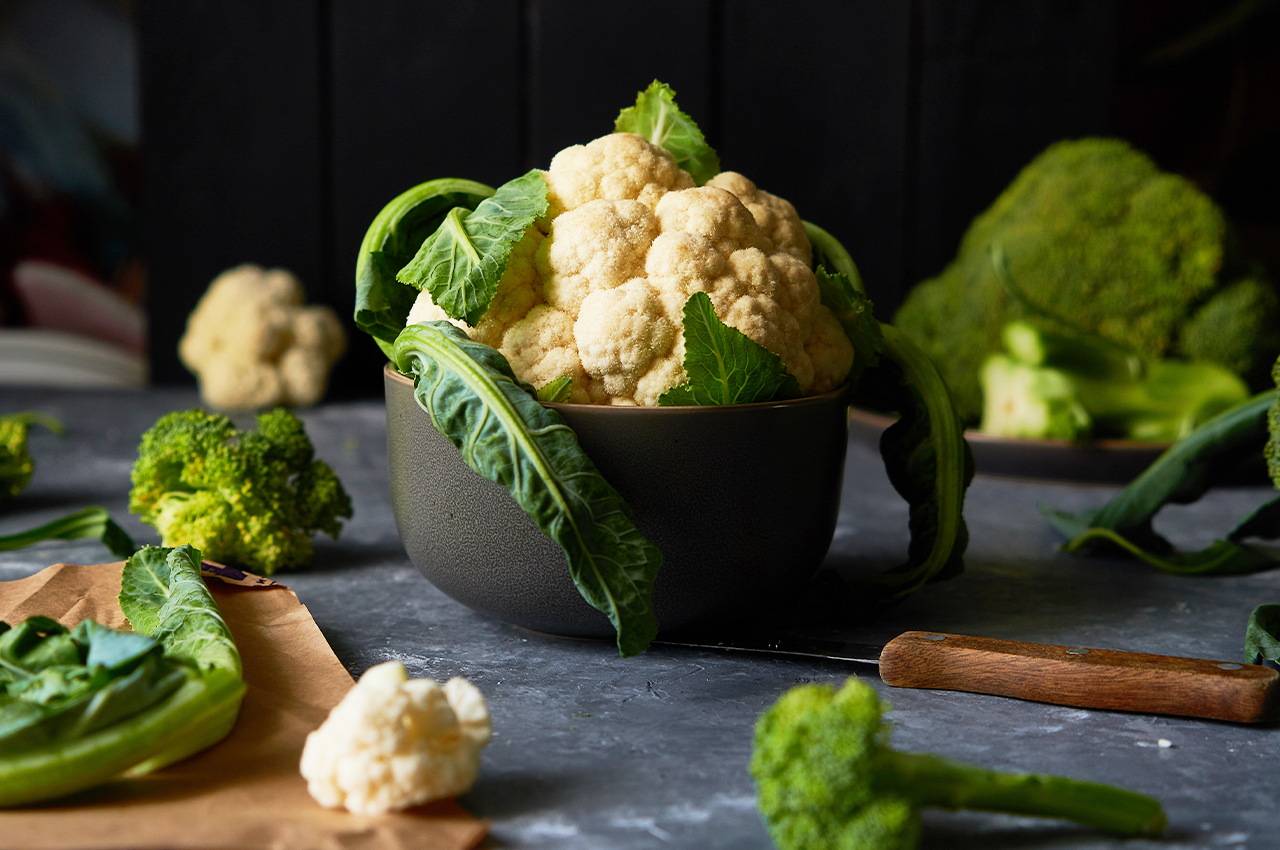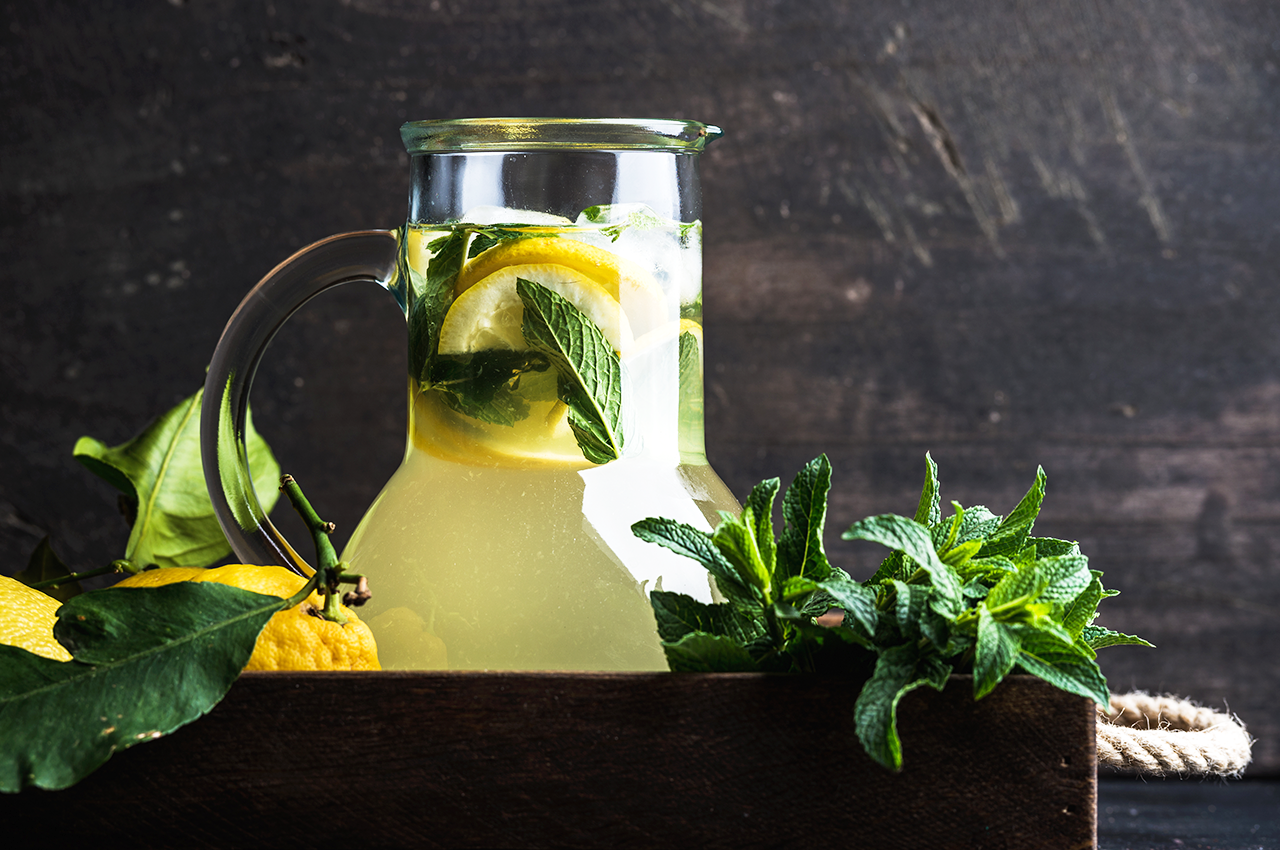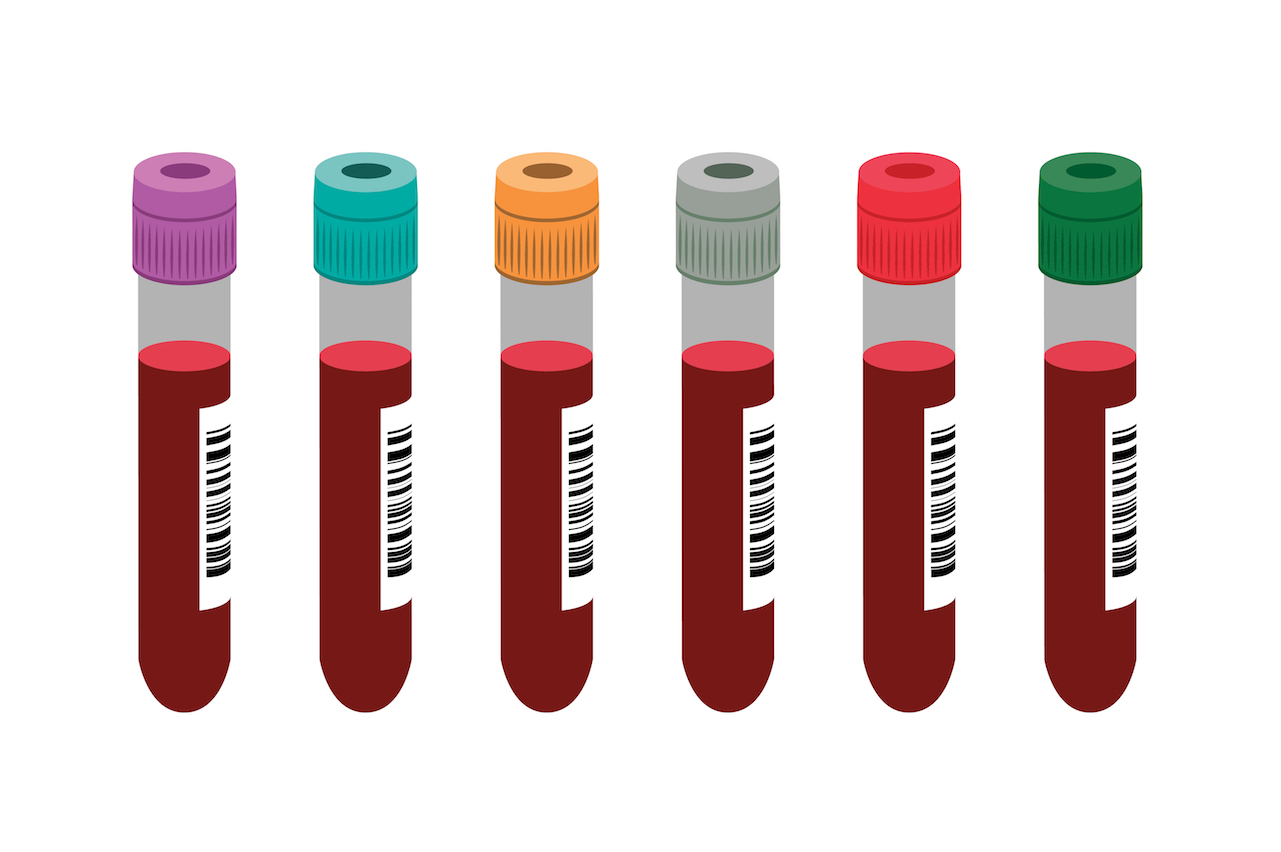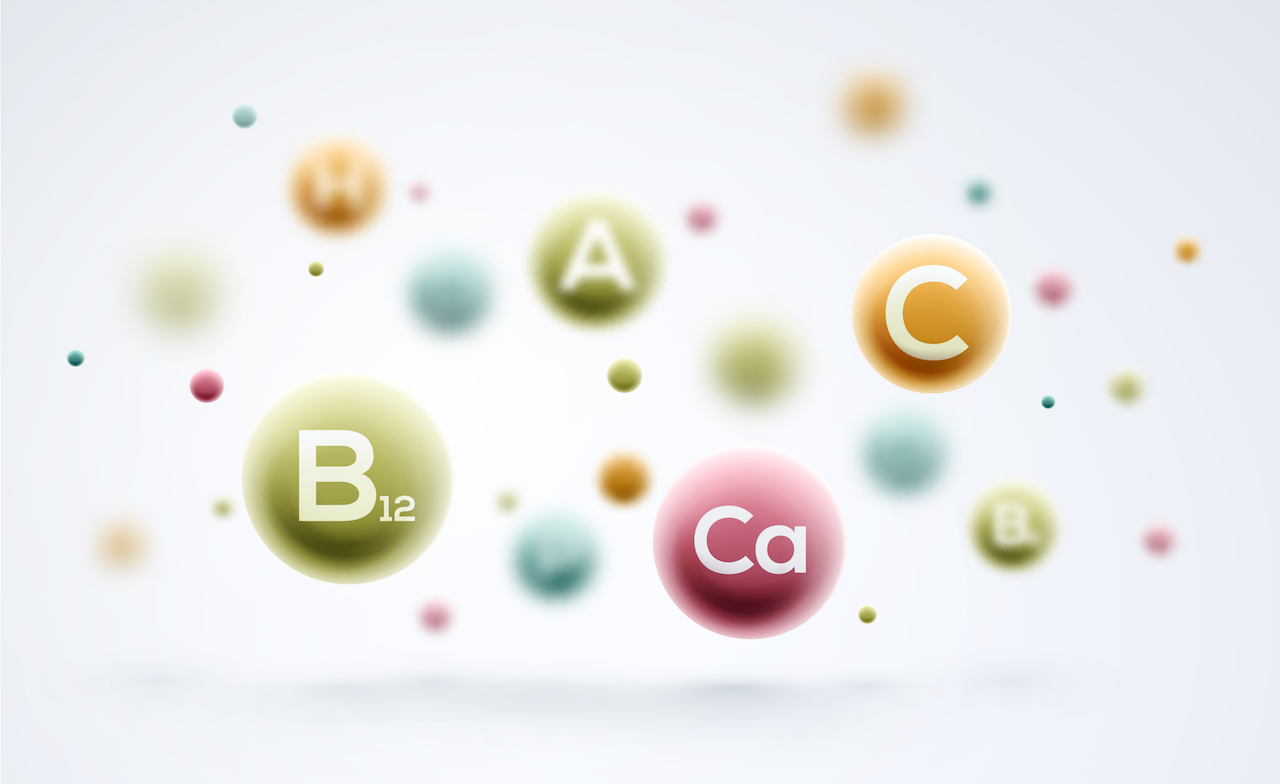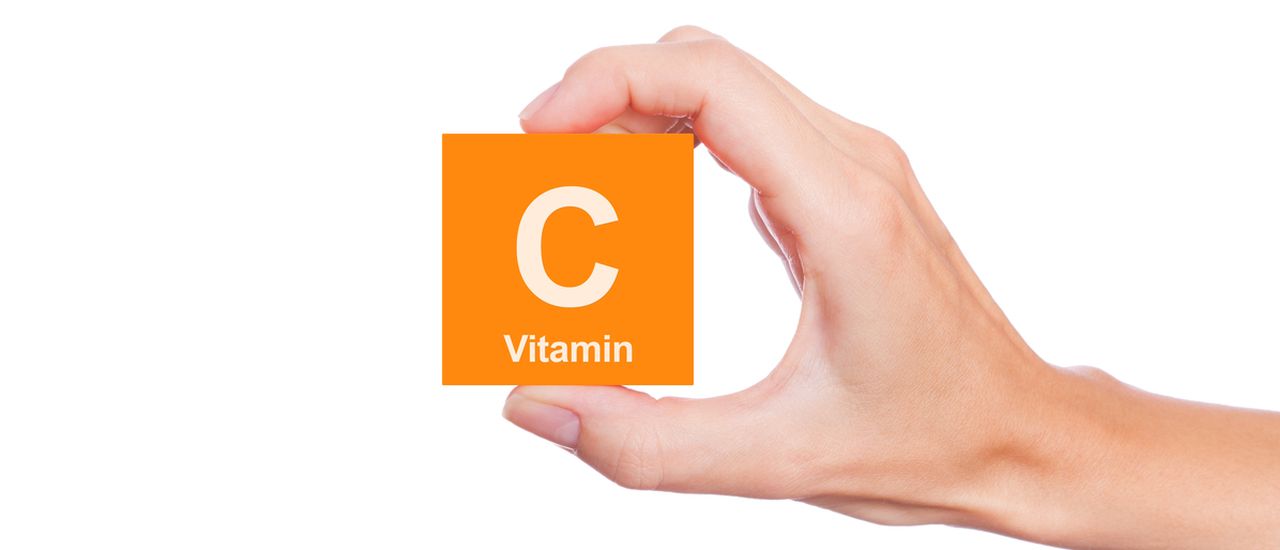A plate filled with different coloured foods isn’t only aesthetically pleasing but has great benefits to your overall health and wellbeing.
The naturally occurring chemical compounds in fruits and vegetables are called phytochemicals. These are what give them their natural colours, but also play an important role in preventive and therapeutic nutrition.
Here is what the different nutrients can each do for your health:
Red: Lycopene
Found in: tomatoes, pink grapefruit, watermelon
Lycopene gives red fruits their colour and has antioxidant properties that may help protect against cancer, cardiovascular disease and lower blood pressure.
Red/purple: Anthocyanin
Found in: grapes, berries, prunes, red apples
In addition to acting as antioxidants and fighting free radicals, anthocyanins may offer anti-inflammatory, anti-viral, and anti-cancer benefits.
Orange/yellow: Carotenoids
Found in: oranges, tangerines, peaches, nectarines, papaya
These fruits are high in carotenoids, like alpha-carotene and beta-carotene. Beta-carotene gives yellow and orange fruits and vegetables their colour and is converted to vitamin A in the body. We need vitamin A for healthy skin and mucus membranes, our immune system, and good eye health and vision. Carrots, butternut squash, pumpkin and sweet potato are all good sources of beta carotene.
Yellow/green: Lutein and zeaxanthin
Found in: spinach; mustard, or turnip greens, corn, peas, avocado and honeydew melon
Lutein and zeaxanthin are potent antioxidants that play an important role in protecting your eyes from free radical damage Sweetcorn, peach, papaya and egg yolk are also good sources.
Green: Sulforaphane and glucosinolate
Found in: brussels sprouts, kale
Natural plant compounds sulforaphane and glucosinolate found in many cruciferous vegetables have been linked to several health benefits including improved heart health and digestion. .
White: Anthoxanthins
Found in: garlic, onion, cauliflower
Anthoxanthins are the phytochemicals that create white or cream colours. These antioxidants play a role in lowering the risk of cardiovascular diseases, improving immunity and may reduce inflammation .
Add and enjoy fruits and vegetables in your diet by:
- Eating them raw, in whole form or finely sliced, to retain fibre content and original nutrients.
- Using a cold-pressed juicer, or blending them into a smoothie along with yoghurt.
- Tossing them into salad for a refreshing snack or meal.
- Eating veggies steam-cooked, sautéed or baked. You can also puree them with other ingredients to make soup, sauces or dips.
- Adding fruits or veggies to your dessert.

